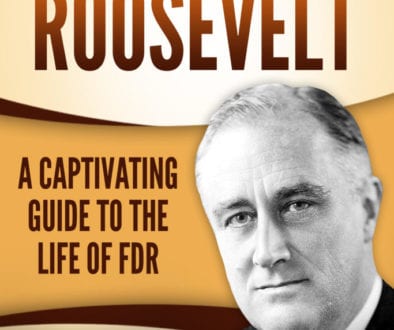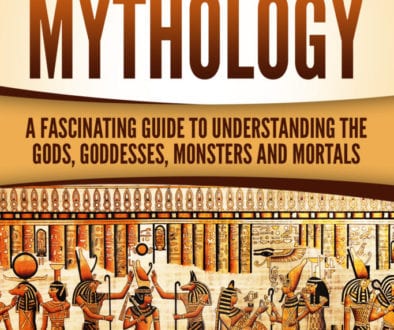The Story of Margaret Knight (1838-1914)
In the early nineteenth century, as the Industrial Revolution began to spread from Europe and make its way across the Atlantic, it settled happily into the New England states, especially Maine, New Hampshire, and Vermont. This was a time when most people still farmed, and farming was hard in the far Northeast. The terrain was steep, the soil stingy, and the rocks everywhere; but what New England had in abundance was rivers and brooks rushing down from the mountains and spilling into the bays.
Water turned wheels and those wheels generated power, in the early years primarily for grinding grain and sawing timber. Then, as industrial technology progressed, mills and factories started popping up. Mills and factories needed people to work in them. New England had people, most of them on farms that offered only meager livings, and so those people began to send their children to work in the mills and factories. Mostly, they sent the girls, and either kept the boys at home to dig up the rocks and plant the crops, or into the woods to cut timber.
Margaret Knight was one of those girls. She was born on a farm near the town of York, Maine, in 1838, and had two brothers, Charlie and Jim. Knight was bright, apparently mechanically precocious from early on, and was more interested in tools than pots and pans. She spent much of her time making kites and toys for her brothers and her friends.
When she was twelve, her father died, and she had to drop out of school and find work to help support her family. She never finished her formal education, but wasted no time putting her mind to work. Her first job was at a cotton mill in Manchester, New Hampshire, and before a full year of work was done, she came up with her first invention. She was in the plant when a co-worker was injured when a shuttle flew off the mill loom and the machine kept running. Knight came up with a gadget that automatically put the brakes on a machine when something malfunctioned or anything got caught in the loom. The design wound up being copied and used in looms all over New England, but Knight never saw any money from it. The idea of having it patented had not occurred to her.
Knight stayed at the New Hampshire mill for several years, and then moved on to other jobs. She was working at a paper bag plant in Springfield, Massachusetts, when she got the idea for a machine that led to her first patent and set her on the path to becoming one of the best known inventors of the age.
Paper bags at that time looked more like large envelopes. Knight began to play with the idea of a bag with a flat bottom, and realized that shaping such a bag by hand would take forever, so she began sketching out the design for a machine to make the bags. Six months later, the idea had moved from sketches to a wooden prototype that cut the paper, folded it, and then glued it, all with the turn of a crank. It worked, and Knight managed to make a thousand bags with it.
She took the prototype to a machine shop in Springfield and created a version made of iron. She tinkered with it a little more, then took the device to Boston and enlisted the help of two machinists there to fabricate a final version. Then she applied for a patent.
The patent was rejected. It turned out that another machinist, Charles Annan, who had been observing the work in Boston, had stolen the design, applied for a patent, and received it.
Knight took Annan to court. She went at it with the same vigor and determination that she applied to everything else. She brought in witnesses, including the Boston and Springfield machinists who had worked with her, as well as several years’ worth of drawings and plans, all dated, to bolster her case. Charles Annan’s argument mainly amounted to the notion that a woman could not have the intelligence and knowledge to come up with such a complex idea.
Annan lost. Knight got her patent and went on to start a paper bag company of her own. Her bags quickly spread everywhere and became the standard. It made her name as an inventor. Queen Victoria even gave her a medal; apparently even a queen needs a good paper bag now and then. The bag you put your groceries in today is essentially the same bag that Knight invented. The thousands of machines that churn them out in countries all over the world do things faster, of course, and have more bells and whistles, but the basic design is pretty much the same.
Knight went on to design and invent things for the rest of her long life—a paper feeding machine, a machine for cutting and assembling shoes, a special tool for drilling holes in concave and cylindrical surfaces. In later life, as automobiles became more common, she designed rotary engines. She was commonly referred to as a female Thomas Edison. Overall, Knight wound up with more than two dozen patents to her name, although none of them had the same impact as her paper bag machine.
While Knight’s work gave her fame, it never made her a fortune. When she died, her estate was valued at $275.05. If you enjoyed this story about Margaret Knight, check out my author page for more of my work!



